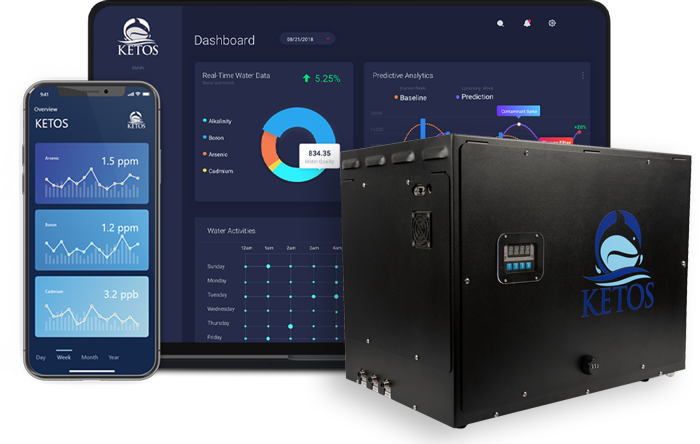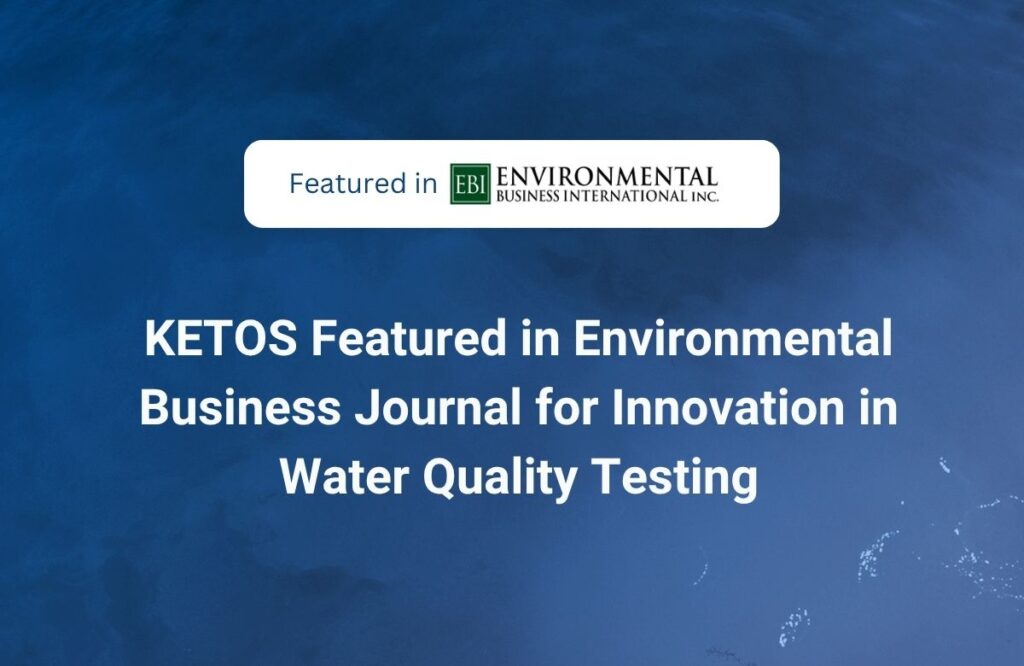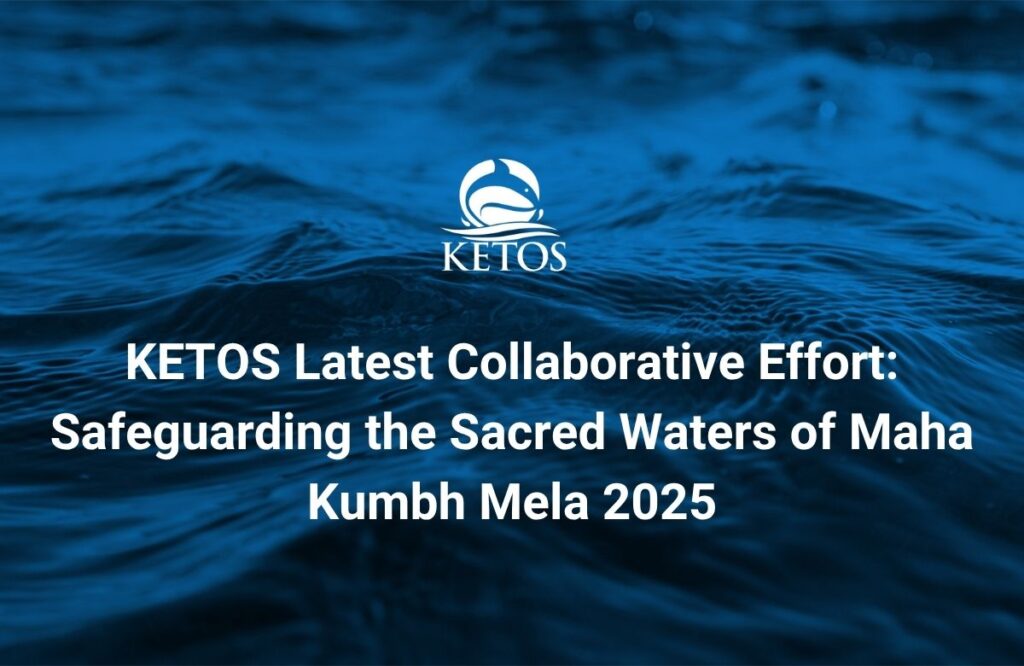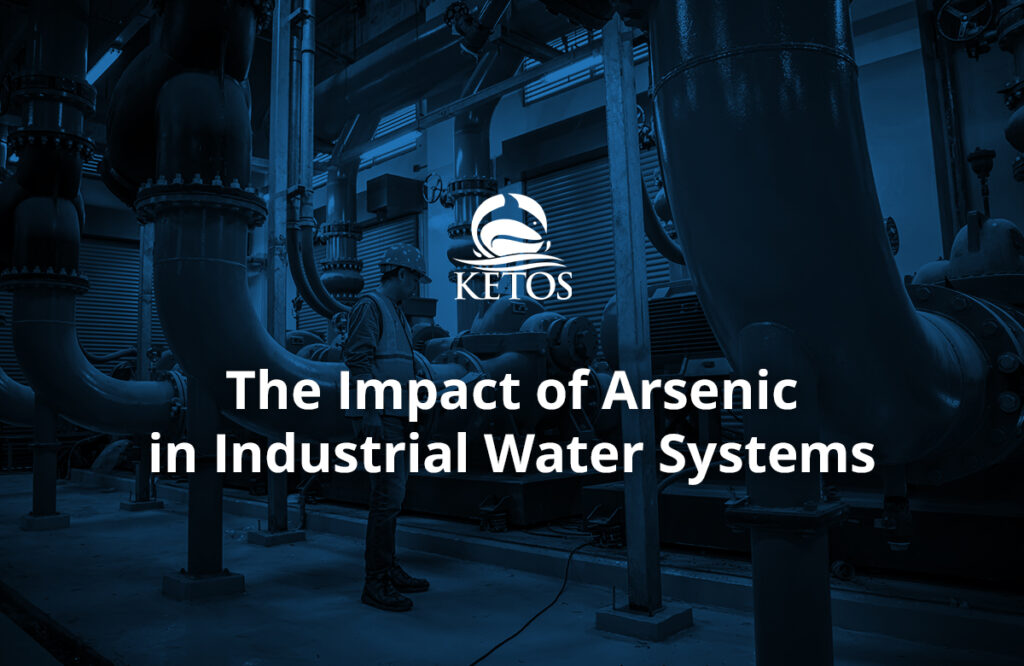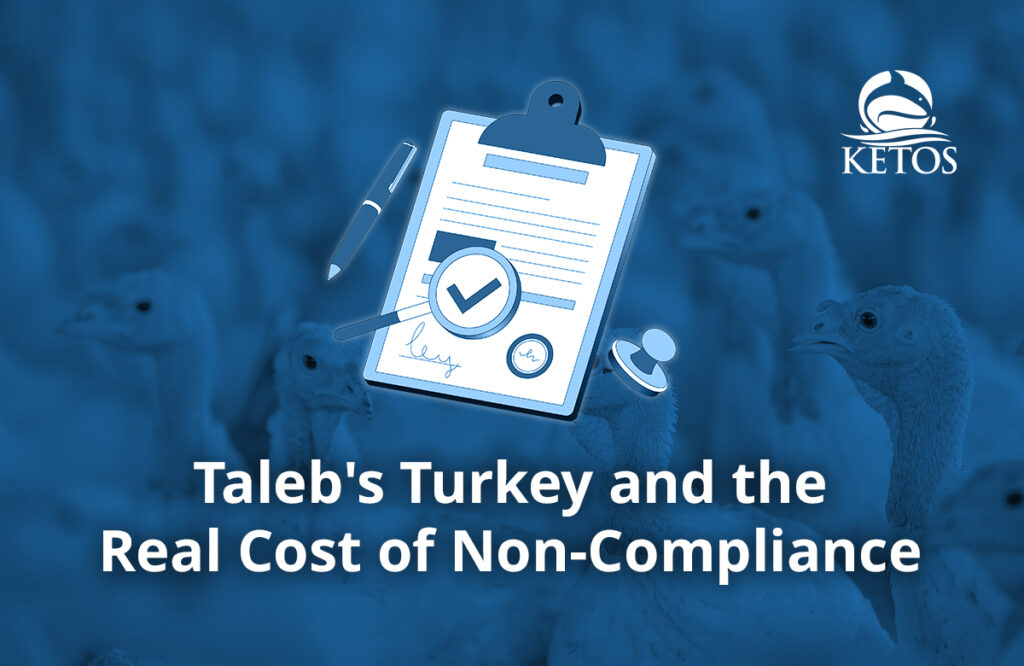As global water demand grows and environmental challenges mount, non-profits, trusts, global and regional networks, and councils have emerged as critical actors in safeguarding this vital resource. These organizations play a pivotal role in ensuring communities have access to clean, safe water while preserving aquatic ecosystems for future generations. Water stewardship is essential for their mission of promoting water sustainability, and their mandates often reflect an urgency to create positive, lasting impacts on water resources worldwide.
Water Management for Non-Profits and Other Advocacy Organizations
Water management is a central component of advocacy groups focusing on water sustainability efforts. After all, these organizations often oversee projects that serve entire regions or large populations, with some extending their reach across countries and continents. For example, the World Resources Institute has a coordinated regional presence across Africa and Europe. It estimates that 4 billion people, or nearly two-thirds of the world’s population, face water scarcity at least one month per year and works to address water access. The Water Resources Group is hosted by the World Bank and aims to address the United Nations Sustainable Development Goals (SDGs), specifically SDG 6 (water security) and SDG 17 (facilitating collective action on water between government, private sector, and civil society).
Many other organizations have water-related mandates, and it’s the role of non-profits and advocacy groups to proactively address the growing global water crisis. Through collaboration with local governments, businesses, and communities, non-profit and advocacy organizations strive to implement effective water management strategies that have immediate and long-term impacts.
Many of these organizations operate as policy advisors, infrastructure developers, or educational platforms, influencing many stakeholders to prioritize water quality and conservation. As advocates for the UN’s Sustainable Development Goals (SDGs), specifically SDG 6 (Clean Water and Sanitation), these groups have a moral imperative to lead by example. Their efforts affect direct beneficiaries and set the tone for industries, corporations, and governments to follow suit.
Water Quality Parameters That Non-Profits and Advocacy Organizations Monitor For
When it comes to water quality, advocacy organizations prioritize monitoring a number of crucial parameters to ensure water safety and sustainability. Among the most important are:
- pH Levels: pH helps measure acidity and ensure water remains balanced for human consumption and ecological health.
- Dissolved Oxygen: Dissolved oxygen is critical for maintaining the health of aquatic life and ecosystems.
- Turbidity: High turbidity can indicate pollutants or other harmful substances in the water, impacting the health of communities and ecosystems.
- Total Dissolved Solids (TDS): High levels of TDS can indicate poor water quality, which can affect human and industrial use.
- Heavy Metals: Metals like lead, mercury, or arsenic are dangerous to humans and wildlife and are often linked to industrial waste and pollution.
- Nutrients: Excessive levels of nitrates, like phosphorus and nitrogen, can lead to deadly algal blooms and oxygen depletion, harming aquatic life.
By carefully monitoring these parameters, non-profits and advocacy groups can identify risks and develop solutions that improve water quality in different sectors and communities.
Water Sustainability Advocacy: Spearheading Water Consumption Practices
Unless immediate measures are taken, water demand is likely to outstrip existing supply by 40% by 2030. Therefore, many networks and groups are taking bold steps to reduce excessive water consumption and promote more efficient usage. Part of the process involves leading the charge by educating constituents on the importance of water conservation.
For example, Ceres, an influential water sustainability non-profit, has pushed its members—who represent over 250 investors and corporations with $30 trillion in assets under management—to adopt water conservation goals. There are other organizations around the world doing similar work around water stewardship. By advocating for responsible water use, these global entities and their often larger-than-average spheres of influence can help reduce water consumption in agriculture, manufacturing, and urban development, where most global water is consumed.
Leading Non-Profits, Trusts, and Advocacy Groups Share Their Water Stewardship Commitments
Several leading organizations are committed to addressing water sustainability and aligning with the global SDGs – including SDG 6. These organizations recognize the importance of responsible water management and are implementing long-term strategies to ensure water security, protect ecosystems, and address global water challenges.
2030 Water Resources Group
The 2030 Water Resources Group (2030 WRG) has spent a decade establishing itself as a collaborator and disruptor in the water security space. The Group is continuously playing a critical role in addressing water challenges in the face of ongoing climate disruptions.
2030 WRG contributes to achieving SDG 6 (Clean Water and Sanitation) by fostering collective action across government, private sectors, and civil society. Its goal is to close the gap between water supply and demand by 2030. They are also increasing global awareness among decision-makers about the critical role water plays in supporting their people, economies, and environments.
African Ministers’ Council on Water (AMCOW)
Comprised of 55 member states, the African Ministers’ Council on Water (AMCOW) provides political leadership and advocacy to ensure water security and sanitation across Africa by 2030.
AMCOW focuses on promoting good water governance, climate resilience, and gender equality in the water and sanitation sectors. By strengthening its governance and operational effectiveness, AMCOW aims to promote sustainable water practices in usage and to mitigate the risks posed by climate change.
The Council also instituted a Pan-African Groundwater Programme (APAGroP) with the goal to:
- Increase awareness and political commitment to groundwater
- Increase continental cooperation and knowledge share between member states
- Create links between practitioners, policymakers and research communities
- Strengthened capacity in institutions and individuals to improve groundwater governance, management, and use
Ceres
Ceres is a non-profit advocacy organization that works to accelerate the transition to a cleaner, more equitable, and sustainable economy. To that end, the organization is setting ambitious water sustainability goals and providing investor toolkits to reduce water pollution and consumption across its members’ value chains.
By 2030, the organization aims to eliminate water pollution, reduce water use in high-stress areas, and protect aquatic ecosystems. Ceres also integrates water conservation into broader water sustainability frameworks, including addressing deforestation and biodiversity loss. The organization has instituted a Valuing Water Finance Initiative to engage with large companies in water-intensive industries (apparel, food, beverage, and tech) to address broader water impacts.
CDP
CDP is a non-profit that runs the global disclosure system for investors, companies, cities, states and regions to manage environmental impacts. It’s considered the gold standard of environmental reporting and has developed one of the most comprehensive datasets on corporate and city action.
By 2025, CDP aims to expand its environmental data collection, which includes water resource metrics, to cover a significantly larger proportion of companies and governments. Its goal is to ensure that freshwater resource management prioritizes water sustainability and to allocate capital toward building a water-secure economy. By 2030, CDP aims to decouple economic growth from freshwater depletion.
Global Water Partnership (GWP)
GWP is a network of networks comprising 2800+ water organizations that promote the efficient and sustainable management of water resources globally.
The Global Water Partnership has committed to advancing water-related SDGs (including SDG 6) in over 60 countries and transboundary basins, promoting €10 billion in new water-related investments. By 2030, they will implement integrated water resource management at all levels, fostering cooperation across borders and securing water access for over 4 billion people.
Global Water Partnerships also offers:
- Help with identifying critical water issues
- Access to water information
- Practical help
- Training opportunities
- And more
via GWP partnerships.
World Business Council for Sustainable Development (WBCSD)
The World Business Council for Sustainable Development (WBCSD) envisions a future where water is valued appropriately, sanitation is accessible to all, and ecosystems are protected. Their Wastewater Zero Commitment, aiming for zero pollution by 2030, seeks to minimize industrial wastewater impacts, reduce water reuse, and adopt low-carbon wastewater treatment processes. By 2050, WBCSD plans to align with the UN water-related SDGs, aiming for circular water management and availability for all.
How KETOS Can Help Trusts and Non-Profits Manage Their Water Stewardship Projects
KETOS leverages AI, IoT, robotics, hardware, and software components in order to offer robust solutions for non-profits and trusts that aim to monitor and manage water quality efficiently. For example, with its modular, real-time monitoring capabilities and threshold-based alert systems, KETOS provides organizations with an affordable, scalable, and reliable way to monitor various water quality parameters for different types of water and water sources.
KETOS can monitor water for projects using:
KETOS water quality monitoring solutions are flexible, customizable, and agnostic, meaning that organizations can apply KETOS to a variety of projects and customize monitoring parameters and cadence to align with specific needs and goals.
By offering 24/7 insights and easier compliance and sustainability reporting, KETOS enables organizations to optimize their water management and promote transparency in their water stewardship efforts. The easy, cost-effective subscription model further enhances its appeal, allowing organizations and non-profits to benefit from technological advances over time without worrying about equipment obsolescence. This ensures organizations like trusts and non-profits minimize maintenance and operational costs while prioritizing water conservation.
Conclusion
Water stewardship is more than just a priority for non-profits, trusts, water networks, and advocacy organizations—it is an ongoing and essential responsibility. By embracing innovative water management and sustainability practices, these organizations can positively impact global water resources, protect ecosystems, and support the future achievement of the UN’s water SDGs. As these organizations continue to lead by example and put projects and processes into place that reduce water usage and protect water resources, the future of water sustainability looks brighter for both communities and the environment. And with the help of innovative technologies like KETOS, managing water sustainably and at scale has never been more attainable.
